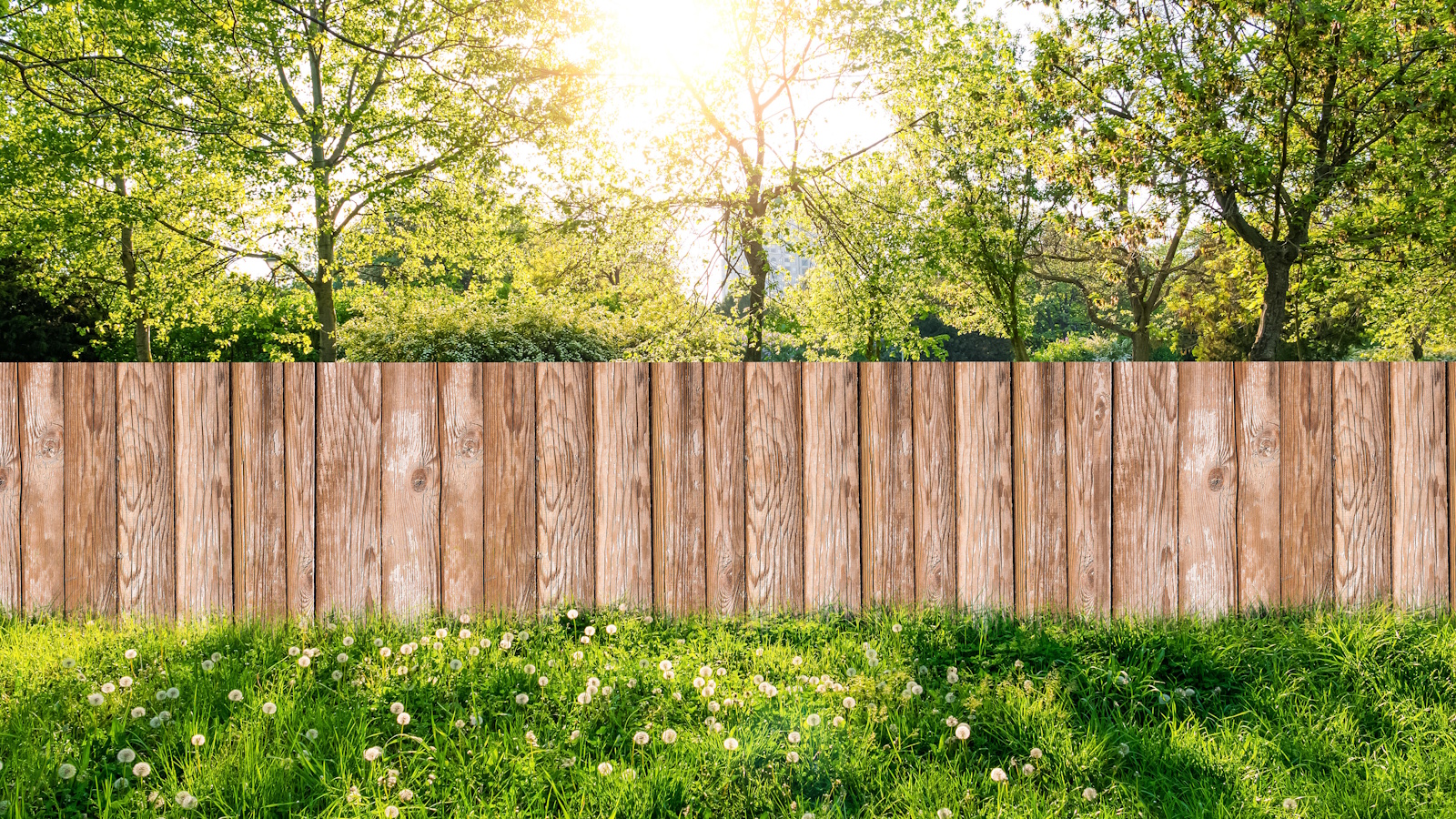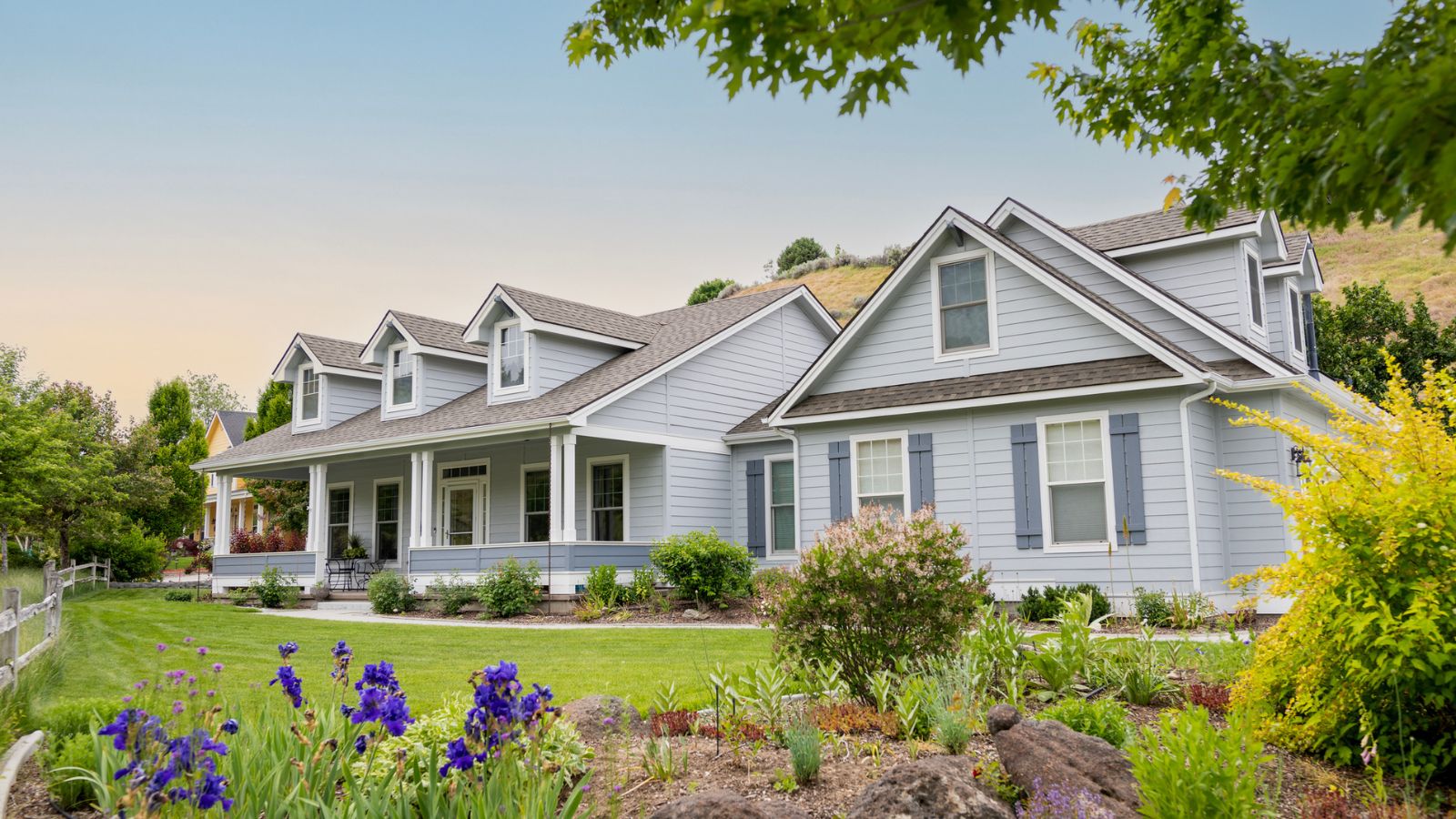Where to install carbon monoxide alarms – and why most of us are getting it wrong
Protect yourself against dangerous, and potentially deadly, carbon monoxide poisoning with these tips from the experts


A carbon monoxide alarm is a crucial safety feature of any home, to audibly alert you of otherwise undetectable – and deadly – carbon monoxide leaks.
As a colorless and odorless gas, there is really no other way of preventing carbon monoxide poisoning, so it's undoubtedly important to have a carbon monoxide alarm fitted – and to know where to install it when doing so.
Here, we spoke to construction and HVAC experts for their tips on getting it right, to protect yourself even when there are no indicative smells that could be a sign of danger in your home.
Where to install carbon monoxide alarms
What is carbon monoxide alarm?

As simple as it sounds, a carbon monoxide alarm is a small detector that is affixed to a wall or ceiling and sets off a loud alarm in the event of carbon monoxide detection.
Dubbed 'the silent killer,' the WSU Energy Program asserts that approximately 200 people die in the US each year due to carbon monoxide (CO) poisoning, while studies from Carbon Monoxide Awareness Week 2024 have shown that having a detector installed can reduce the risk of fatality by up the 50 percent.
Therefore, having one installed correctly is of utmost importance, whether you hire a handyman, choose to do so yourself, or use a battery-powered option, which can simply sit on a shelf.
All prices are correct at the time of publication.

This detector has a battery backup, meaning it will continue to monitor carbon monoxide levels in the air even in the event of a power failure. It has a seven-year warranty and will sound a chirp when it's time for replacement.

This detector simply plugs into a standard power outlet, meaning it is simple to install. An 85-decibel alarm will sound if any carbon monoxide is detected, with a peak level memory to record when the unit was last tested.

This detector uses intelligent sensing technology, to accurately alert you to the presence of both smoke and carbon monoxide. The electrochemical carbon monoxide detector is the most accurate available when compared to traditional models.
Where to install carbon monoxide alarms

So, where should carbon monoxide alarms be installed?
Lucas Moncado, co-owner and master electrician at Brooks Electrical Solutions, advises, 'With over two decades in the electrical field, I've dedicated my career to enhancing home safety and efficiency. A common mistake is placing alarms solely near potential sources, like kitchens, but it's crucial to install them near sleeping areas because CO is odorless, and can accumulate while you're asleep.'
In terms of placement, Moncado notes that many people often place alarms high up, but that they should actually be roughly between knee to head level, as CO mixes with air at that height. According to The United States Environmental Protection Agency (EPA), this means your detector should be roughly five feet off the floor, at about eye level. Therefore, it's best to keep your carbon monoxide alarm off the ceiling, as Moncado adds, 'prioritizing strategic placement maximizes safety.'
You should also endeavor to have a carbon monoxide alarm on every floor and don't forget about including one in your garage shelving ideas, either, which is one of the things most of us get wrong. Additionally, be careful not to install alarms too close to any fuel-burning appliances, like any wood burner ideas, for example, which may lead to false alarms. On the flip side, placing them too far away from any CO sources will diminish their effectiveness. Accordingly, it's crucial to consider all of these factors when installing your own, or having one fitted.
If your alarm does sound, UL Solutions advises immediately evacuating your home and moving to a fresh air location, ideally outside. Call the emergency services and do not re-enter the premises – carbon monoxide poisoning may not present any symptoms, so never ignore the alarm.
How often should carbon monoxide alarms be tested & replaced?

Much like knowing how often you should test your smoke detector, it's important to regularly check your carbon monoxide alarm to ensure it is working correctly. While carbon monoxide is not one of the most common fire risks in your home, it does still pose potential risks, as well as being deadly in its own right.
David Shepherd, construction expert at Reliable Roofing & Restoration, says, 'A regular maintenance schedule for your alarms is vital. Monthly testing and changing units every 5-10 years should be the norm, alongside annual battery replacements.'
To test your carbon monoxide alarm, press and hold the test button until it sounds, to indicate it is on and working. Always check the specific manual for your model to ensure this is done correctly.
FAQs
Does carbon monoxide rise or sink?
The reason carbon monoxide is so deadly is that it does not particularly rise or sink, and instead mixes evenly with the air in the room, as it has a similar density.
However, it may rise with warm air, particularly when using any home heating type in winter, which is why it is important to have detectors on each level of your home.
Is it better to have separate smoke and carbon monoxide detectors?
When it comes to choosing separate or interconnected varieties, your safest solution is using a combination of detectors around your home for complete protection. You may also want to consider investing in one of the smart home must-haves, such as the Google Nest Protect - Smoke Alarm – Smoke Detector and Carbon Monoxide Detector available at Amazon, which will send you phone alerts even when away from home.
Can I leave a space heater on overnight? Experts warn that, if using a fuel-burning space heater, poses a risk of carbon monoxide poisoning. Instead, stick to the best type of space heater for safety, and make sure you know where to place it overnight.
Sign up to the Homes & Gardens newsletter
Design expertise in your inbox – from inspiring decorating ideas and beautiful celebrity homes to practical gardening advice and shopping round-ups.

Ottilie joined Homes & Gardens last year, after finishing a Master's in Magazine Journalism at City, University of London. With previous contributions in Livingetc and Motorsport Magazine, she produces content for the Solved section on the website, focusing on clever tips and tricks to keep your home beautiful, organized and clean. She also has an undergraduate degree in English Literature and History of Art from the University of Edinburgh, where she developed a love for inspiring interiors and architecture.
-
 Reese Witherspoon upgraded a small corner into a cozy reading nook – designers say you can replicate her 'ultimate little escape' (from $18)
Reese Witherspoon upgraded a small corner into a cozy reading nook – designers say you can replicate her 'ultimate little escape' (from $18)'It’s all about comfort, calm, and just the right amount of cozy': You only need three things to follow Reese's example – and it's not only for book lovers
By Megan Slack
-
 Can my neighbor paint their side of my fence? Here's the legal regulations you need to know to avoid disputes, plus when to take action
Can my neighbor paint their side of my fence? Here's the legal regulations you need to know to avoid disputes, plus when to take actionThere's no simple answer to this question, so it's important to do your research before taking action
By Tenielle Jordison
-
 The 5 worst things you can do to your fridge – these will drive up energy costs and result in pricey and regrettable repairs
The 5 worst things you can do to your fridge – these will drive up energy costs and result in pricey and regrettable repairsIt's crucial to swerve these blunders, appliance experts warn
By Ottilie Blackhall
-
 Extend the lifespan of your appliance with 5 simple but crucial washing machine maintenance tips
Extend the lifespan of your appliance with 5 simple but crucial washing machine maintenance tipsFrom cleaning the filters to keeping the door open, experts reveal the washer tips they swear by
By Andy van Terheyden
-
 5 vital ways a home battery backup can help with your most urgent needs in a power outage – from heating to flood prevention and calls
5 vital ways a home battery backup can help with your most urgent needs in a power outage – from heating to flood prevention and callsExperts say they're a worthy investment
By Clement Feng
-
 I’m an HVAC technician, and this is when I turn on my AC each year – plus 5 checks I always do beforehand
I’m an HVAC technician, and this is when I turn on my AC each year – plus 5 checks I always do beforehandSave yourself an AC hassle by running my checks and turning it on before big heat hits
By Josh Mitchell
-
 6 things you should never throw in the trash – and what to do for safe disposal instead
6 things you should never throw in the trash – and what to do for safe disposal insteadFrom batteries to space heaters, experts reveal what not to throw
By Andy van Terheyden
-
 7 spring home maintenance mistakes to never make – overlooking these now can lead to pest problems and structural damage
7 spring home maintenance mistakes to never make – overlooking these now can lead to pest problems and structural damageHome improvement pros share common mistakes and what to do instead
By Eve Smallman
-
 10 common but little-known HOA fines to watch out for – and how to avoid them
10 common but little-known HOA fines to watch out for – and how to avoid themFrom sprinklers to garage doors and external pipes, your HOA contract may leave you open to a fine
By Eve Smallman
-
 I’m a homes editor and these are the 4 vital storage items I’m 'adding to cart' this spring – and why you should too
I’m a homes editor and these are the 4 vital storage items I’m 'adding to cart' this spring – and why you should tooI've learned a few hard lessons in recent weeks and these storage solutions will help
By Punteha van Terheyden